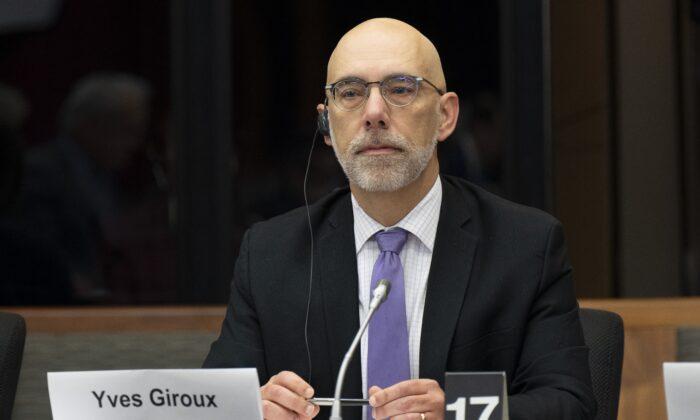The federal government is investing over $344 million into programs aimed at developing research, commercialization, and other initiatives in Canada’s critical minerals sector.
Natural Resources Minister Jonathan Wilkinson made the announcement on March 7, which follows his launching of the Canadian Critical Minerals Strategy in December 2022 that included a total federal investment of up to $3.8 billion.
Just over $144 million of the new $344 million investment will go toward the Critical Minerals Technology and Innovation Program, which Wilkinson’s department says will fund “research, development, demonstration, commercialization and adoption of new technologies” in the sector.
Over $79 million of the new investment will go toward an initiative designed to “enhance” data availability and quality for technology that maps and identifies critical minerals reserves.
Of the investment, $70 million will be set aside to “strengthen Canada’s global leadership role in enhancing critical minerals supply chain resiliency,” while $40 million will go toward funding critical minerals projects in Canada’s Far North.
Foreign Investments
The new investment in critical minerals development across the country comes several months after Ottawa ordered three Chinese companies to sell their investments in Canadian lithium companies as a means of cracking down on foreign government investments in Canada’s mining sector.Innovation Minister Francois-Philippe Champagne ordered the Chinese companies to divest, saying he was advised to do so by “critical minerals subject matter experts, Canada’s security and intelligence community, and other government partners.”
“We will act decisively when investments threaten our national security and our critical minerals supply chains, both at home and abroad,” he said in November 2022.
Each of the companies counts Chinese state-owned enterprises as their biggest single shareholders, but Wilkinson told Reuters on March 8 that the government would not be forcing the companies to sell their stakes in the mining companies.
“If you start looking backwards at investments, it will create all kinds of uncertainty about whether an investment is ever really an investment,” he said.





